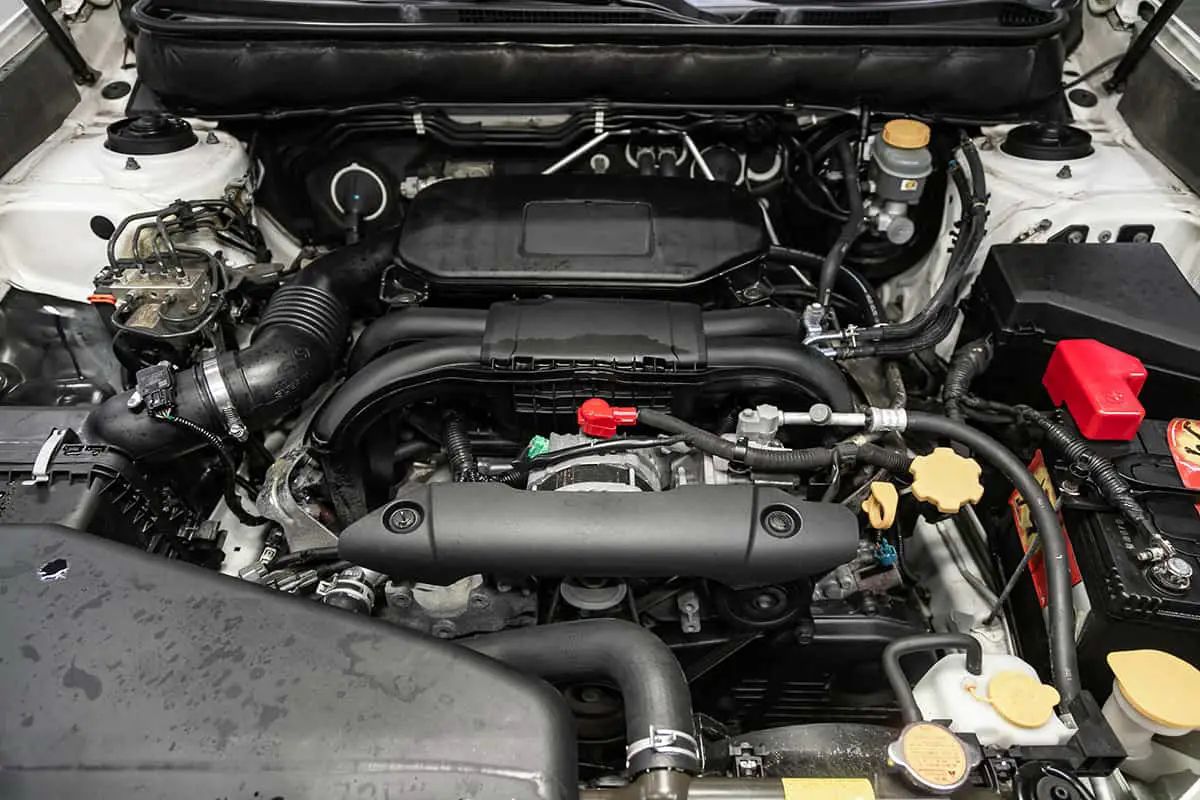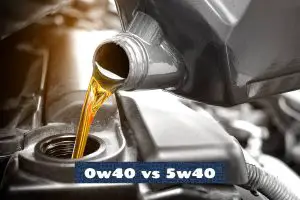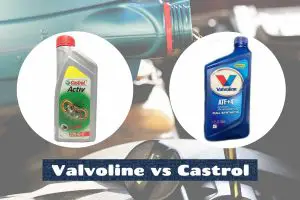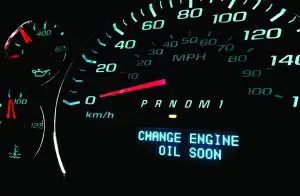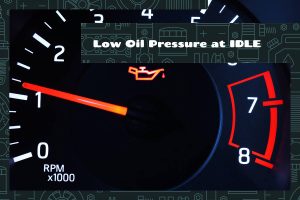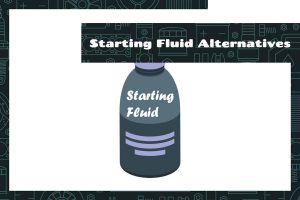Changing the oil in your Subaru Outback is a crucial part of routine maintenance that will keep your car running strong. A well-maintained engine will last longer and run more efficiently if you change the oil on a regular basis.
In this article, I’ll show you how to change the oil in your Subaru Outback, as well as explain why you need to change your Outback’s oil regularly.
How To Change Subaru Outback Oil
Now that we know the importance of changing your Subaru Outback engine oil, let’s discuss how you actually do it. Of course, you could take it to the nearest mechanic and pay them (a fortune) to do it for you, but if you have the necessary tools and patience, you can save a substantial amount of money by doing it on your own.
Supplies and Materials
Here are the supplies and materials you’ll need:
- Funnel
- 17-mm socket
- 3/8-inch socket wrench
- Drain pan
- Roll of paper towels
- Strap band wrench
- 4.7 quarts of 0W-20, 5W-30, or 5W-40 engine oil
- Replacement oil filter
1. Preparation
It is recommended to warm up the engine before beginning the oil change process. This will aid in emulsifying the oil, making cleanup a breeze. All you have to do to get the engine going is start it up and let it idle for a while. The oil filter can be more of a pain to remove when it’s cold, which will help avoid any issues with that.
In addition, oil changes are easier to complete if you park your Subaru Outback on a level surface. Parking on a level surface aids in the removal of old oil from the engine and oil pan and the uniform distribution of new oil.
After moving the car to a flat surface, consider raising it with a hydraulic lift and keeping it lifted using jacks. Always use jacks when lifting a car since the hydraulic lift can fail anytime.
2. Remove the oil filter
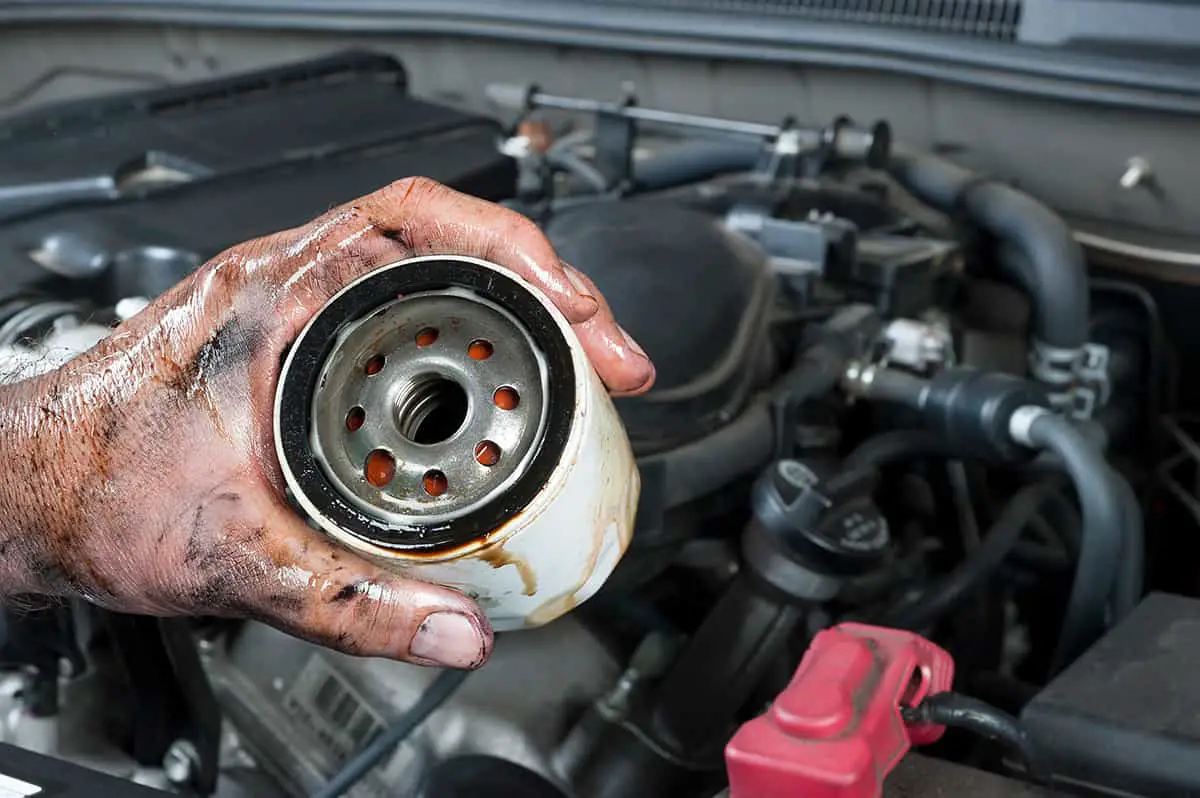
When you’re confident that your Outback is lifted and secure, slide underneath the Outback’s chassis from the front and remove the oil filter by following these steps:
- Locate the oil filter by following the instructions in your owner’s manual. Generally, the oil filter should be close to the engine’s base and is sometimes shielded for safety.
- Place the drain pan underneath the oil filter to capture the oil that spews from the engine the moment you release the oil filter.
- Remove the oil filter with a strap band wrench by adjusting the strap band wrench around the cylindrical filter and slowly turning it counterclockwise. Keep turning until the filter is completely removed.
3. Installing the new oil filter
Carefully read the instructions on the oil filter’s packaging to determine whether or not it’s designed for your Outback model year. If it is, remove the filter from the packaging, slide it underneath the Outback’s chassis, and install the filter per the manufacturer’s instructions. This usually requires turning the filter clockwise until it’s secure, but you should use your strap band wrench to screw it in tightly.
Now, you can check the oil filter for leaks. Get out from underneath the Outback and turn it on. Check the filter for leaks in the filter. If there are, turn the car off and screw readjust the filter’s position. If there aren’t any leaks, you can proceed to the next step.
4. Drain the engine
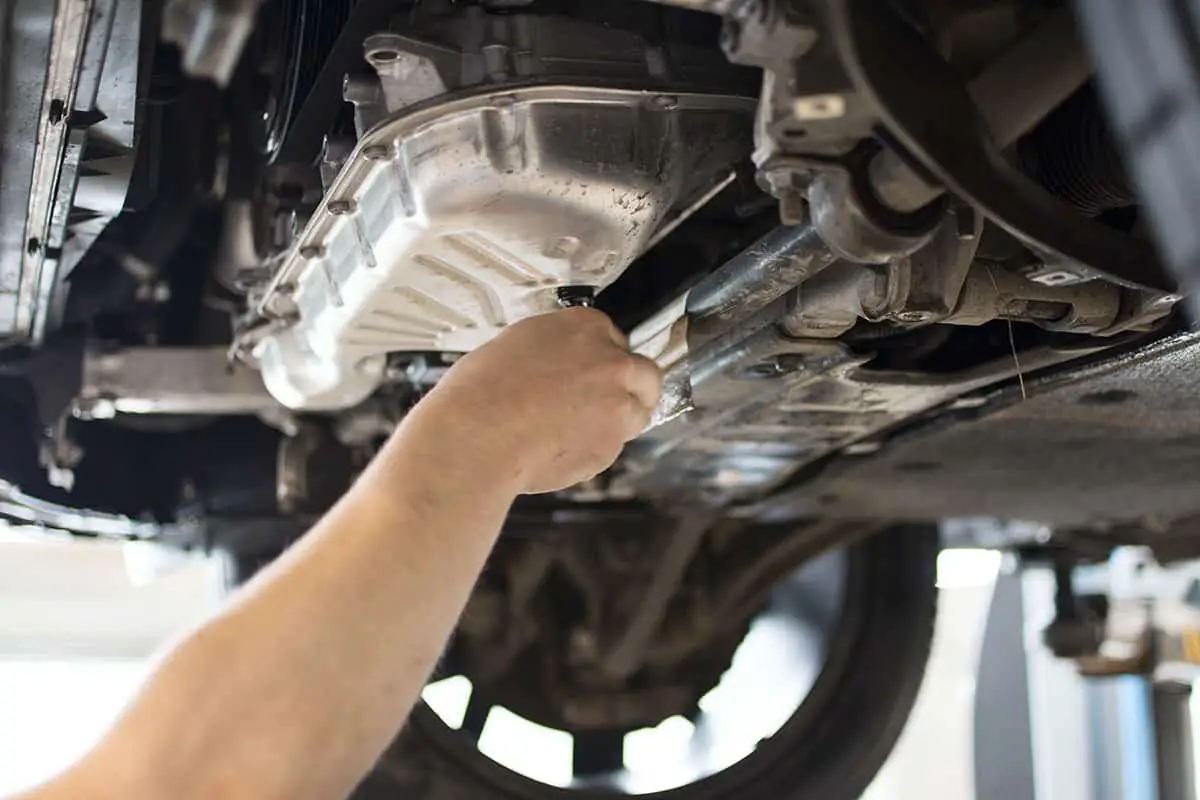
It’s now time to get rid of all the old oil in your Outback’s engine.
- Slide underneath the chassis and look for a 17-mm bolt.
- Unscrew the bolt, making sure the drip pan captures all of the cascading oil.
- Wait 10 to 25 minutes for all the oil to drain out of the engine. You can add another 5 to 10 minutes on top of that for good measure.
- When there’s no more oil dripping out, screw the bolt back into place.
5. Adding fresh oil
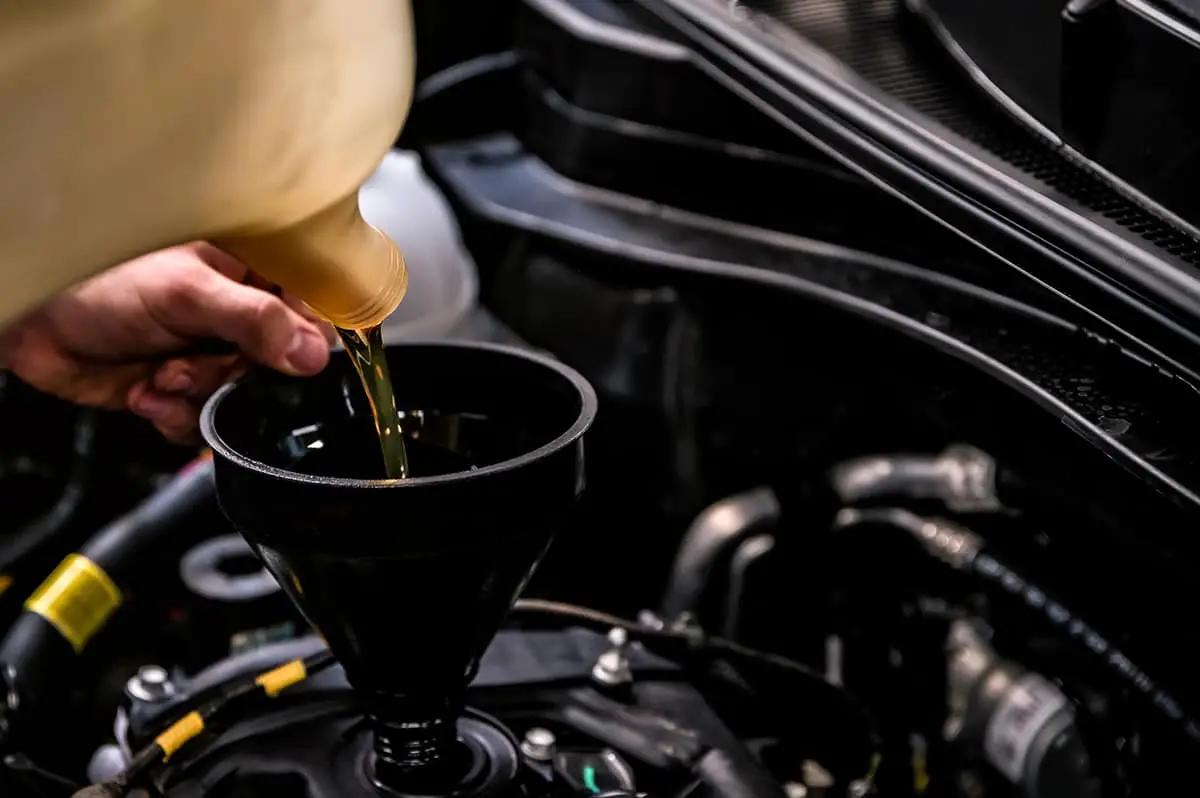
We’ve come to the final stretch of the oil-changing process. All that’s left to do is add new oil to the engine before cleaning up.
- Open the hood of your Outback and locate the oil filler cap, which should be somewhere on top of the engine. It might have the word Oil printed on it.
- Remove the oil filler cap with the socket wrench.
- Remove the oil dipstick and wipe it clean with paper towels before putting it back in place.
- Pour the oil into the engine with the funnel.
- After adding oil to the engine, check whether there’s enough oil by using the oil level dipstick. If it’s too low, keep adding more oil until you’ve reached the correct level per the dipstick notch.
- Close the oil filler cap and turn the car on to check for leaks.
Why Should You Change the Oil of a Subaru Outback?
Changing the oil is one of the most fundamental yet essential parts of being a responsible car owner. Regular oil changes are essential for the longevity of the engine, the efficiency of the fuel system, and the performance of your Subaru Outback.
The engine produces heat and friction as it powers the car. Using oil as a lubricant helps keep the engine running smoothly by lowering friction. Over time, the oil deteriorates and loses its lubricating properties due to the presence of dirt, debris, and other contaminants.
Oil does more than just keep things moving smoothly; it also removes heat from the engine. Overheating and engine damage can occur when dirty or degraded oil is unable to perform its normal functions. You can delay this from happening by maintaining a regular schedule of oil changes.
What Type of Engine Oil Should You Use?
There are a number of factors that go into determining what kind of engine oil is best for your Subaru Outback, including the age, make, and model of your car, as well as the manufacturer’s recommendations.
Another important consideration is your local climate. If, for instance, you regularly drive in extremely hot or cold temperatures, or on particularly rough roads, you might want to use more durable motor oil.
As a rule of thumb, it’s preferable to use oil that satisfies the requirements of the manufacturer. This will aid in making sure the engine is getting enough oil to run smoothly. Synthetic oils are typically more expensive than conventional oils, but they provide superior protection and performance.
